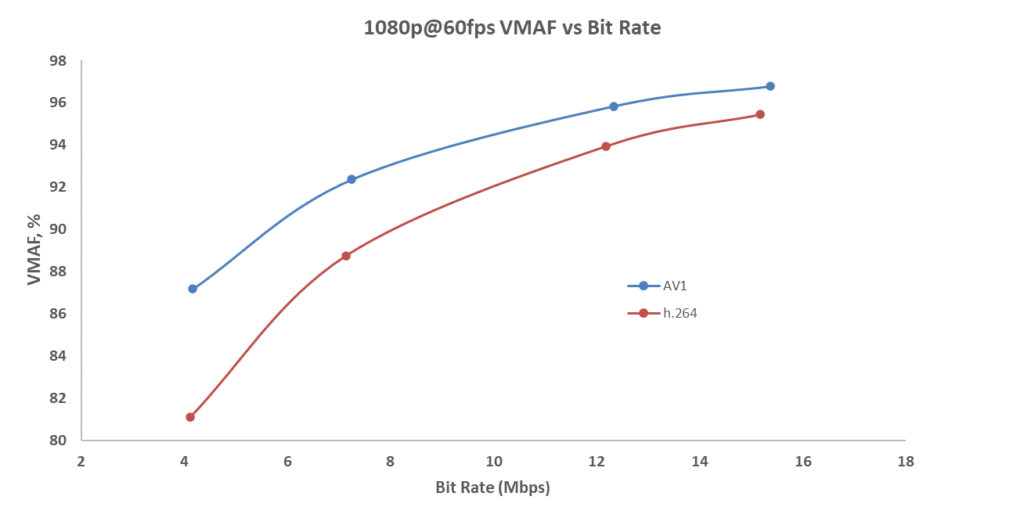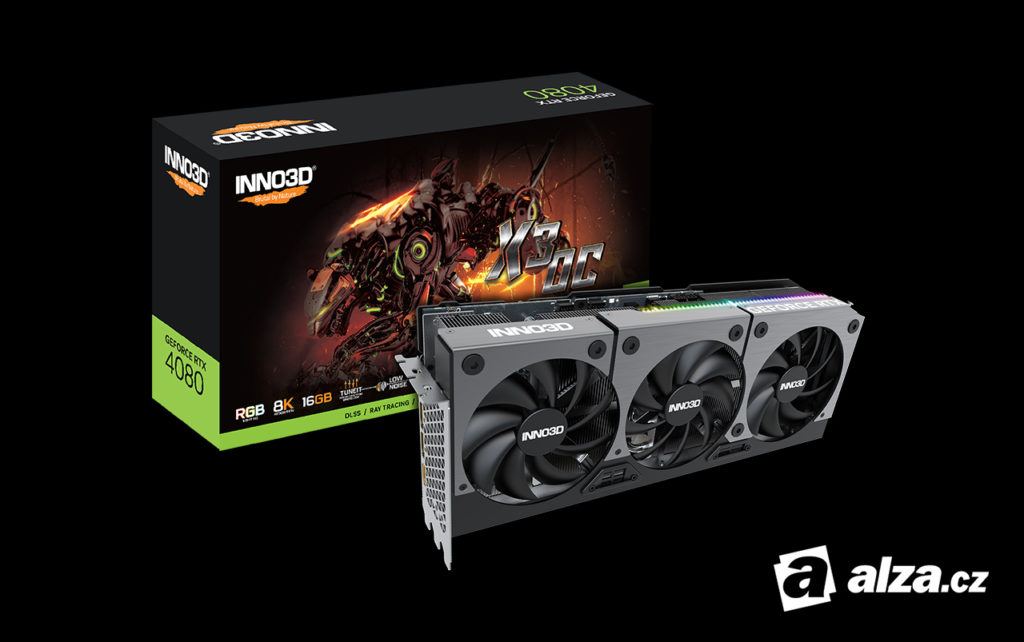This article was created in collaboration with NVIDIA.
The release of a new generation of graphics cards is always in the spirit of performance and efficiency gains, as well as new technologies such as DLSS 3, which we wrote a more detailed article about in January. However, this time we got another very important thing that will especially please content creators. The Ada Lovelace architecture on which the new GeForce RTX 40 series GPU is based supports encoding using the AV1 video codec.
First of all, you need to know what a codec is. Basically, it is a tool that allows you to compress (encode) into a smaller file, and it is usually lossy compression – the quality is slightly worse than uncompressed video. The opposite process, that is, decompression, is called decoding. It is about converting a compressed video into a playable form. The goal of a codec, of course, is to provide the best image quality at the lowest possible file size or bit rate.
Codecs are available in two versions: software and hardware. The former uses the CPU for speedup and is a bit more efficient overall, but very demanding. Therefore, encoding is often used through a hardware version that is inside the video card. The disadvantage is slightly worse performance, but you can practically not worry about performance and the processor can be used for other tasks.
You may be familiar with some of these codecs. Probably the most popular by far is H.264 (and its x264 software version), which has been with us since 2004. During this time, it received massive hardware support, which is why it is still used in more than just video. rendering, but also for streaming, which is even more dependent on the codec due to the limited bitrate.
Are you asking why a better codec has not appeared in this time? Came – H.265. The problem is that several companies have demanded an implementation fee, which also applies to the latest version of H.266. It was almost necessary to come up with an alternative. This is AV1, a codec developed by the Alliance for Open Media consortium (in which you’ll find a number of big technology companies) that was first released in 2018. besides, it is open source, so it can be edited.
The RTX 30 series already had a decoder for AV1, but only Ada Lovelace or the GeForce RTX 40 series added this important encoder, namely the eighth generation NVENC. AV1 in this NVIDIA implementation delivers up to a 45% performance improvement over H.264. This is probably best seen in the graph below, which shows the ratio of the required bitrate to the VMAF score used to quantify image quality. As you can see, AV1 is especially good at very low bitrates, where the gap to H.264 is huge.

In addition, a big advantage of the new architecture is that, unlike its predecessors, it supports a dual encoder. Thus, the work is automatically distributed among the encoders, which ensures even higher productivity. Through the opening of the EposVox channel, it has been confirmed that with the NVENC AV1, you can easily record high frame rate videos such as 240fps or even 360fps in normal resolutions. So far, the maximum color depth of 10 bits is 8K and 60 frames per second. Multiple encoders also provide the ability to record multiple videos at the same time.

However, AV1 is by far the most used in streaming, where H.264 is already quite a limitation and most streamers still only broadcast in FullHD. This may change because thanks to AV1 it will be possible to stream at a lower bitrate with the same, if not better, quality, while at the same time we can also expect to stream not only at higher resolutions but also at higher frame rates.
Cross-program support continues to expand. AV1 already offers various video editing software, but especially OBS, which is one of the most popular video recording and streaming software. The final step will be support for live streaming on the platforms themselves, especially Twitch and YouTube. The latter service already allows you to encode videos in AV1 format, so hopefully streaming support will be added soon. For example, Discord has already taken the big step where you can now stream live via AV1.
Whether or not AV1 support will be added to individual platforms sooner or later, one thing is certain – AV1 represents the future for many content creators. An important revolution that will finally replace the standard that has existed for too long.
We thank Alza for their support in testing NVIDIA hardware.

Source :Indian TV

